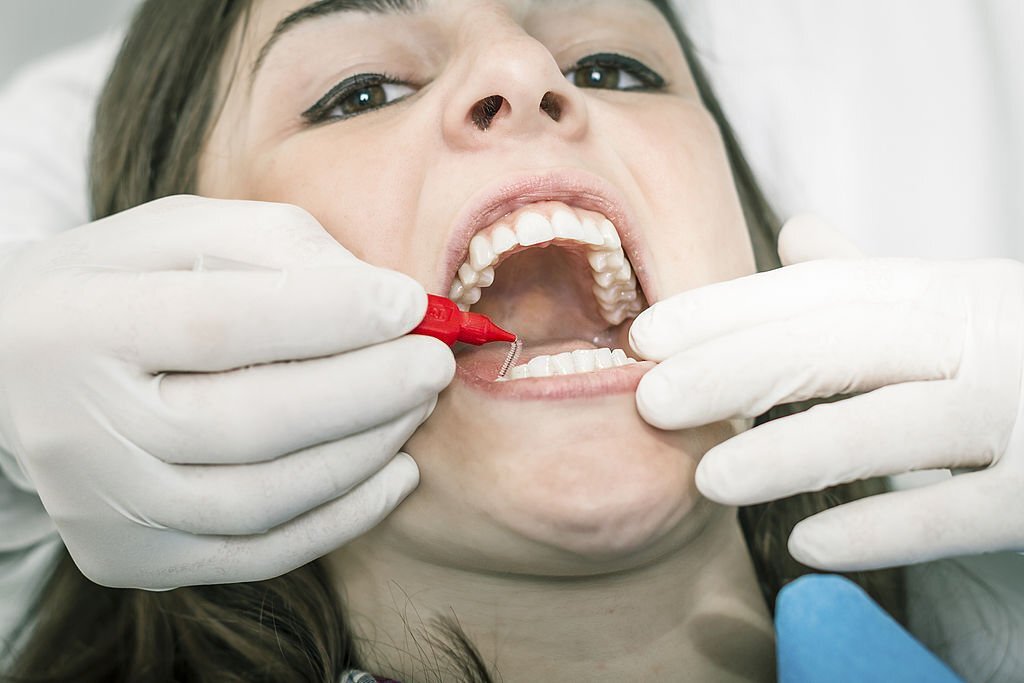Introduction:
Oral piercings, including those on the tongue, lip, or cheek, have become increasingly popular as a form of self-expression. However, it’s essential to recognize that these piercings come with potential risks and complications. In this blog post, we will discuss in detail the risks associated with oral piercings to help you make an informed decision about their potential consequences.
1. Infection:
– Oral piercings create an entry point for bacteria, increasing the risk of infection.
– The mouth contains numerous bacteria, and piercing can disrupt the natural balance, leading to infection and inflammation.
2. Swelling and inflammation:
– After getting an oral piercing, it’s common to experience swelling and inflammation in the pierced area.
– Swelling can affect speech, eating, and proper oral hygiene practices.
3. Pain and discomfort:
– Oral piercings can cause ongoing pain and discomfort, especially during the healing process.
– Tongue piercings, in particular, can interfere with everyday activities like eating and speaking.
4. Damage to teeth and gums:
– Oral piercings can come into contact with teeth and gums, leading to chips, cracks, or fractures.
– Constant contact between the piercing and teeth or gums can cause gum recession and enamel erosion.
5. Gum disease:
– Oral piercings can irritate the gums, leading to gum recession and an increased risk of gum disease.
– The presence of a piercing makes it more challenging to maintain proper oral hygiene, promoting bacterial growth and plaque accumulation.

6. Nerve damage:
– Piercing procedures carry a risk of nerve damage, especially in the tongue and lip area.
– Nerve damage can cause numbness, loss of taste sensation, or altered speech.
7. Excessive drooling:
– Tongue piercings can increase saliva production, leading to excessive drooling.
– This can be inconvenient and may impact social interactions and overall comfort.
8. Allergic reactions:
– Some individuals may develop allergic reactions to the metals or materials used in oral piercings.
– Allergies can cause swelling, redness, itching, and discomfort in the pierced area.
9. Interference with dental treatments:
– Oral piercings can interfere with dental procedures, such as X-rays or dental cleanings.
– The presence of a piercing may obstruct the dentist’s access and limit their ability to provide optimal care.
10. Speech impediments:
– Tongue or lip piercings can affect speech, causing lisping or difficulty pronouncing certain sounds.
– This can impact communication and confidence in social and professional settings.
11. Increased saliva production:
– Oral piercings, especially tongue piercings, can stimulate excessive saliva production.
– This can lead to drooling and the need to swallow more frequently.
12. Oral health complications:
– Oral piercings can contribute to a range of oral health problems, including bad breath, oral infections, and taste disturbances.
– These complications can affect overall oral health and well-being.
13. Dental emergencies:
– Oral piercings increase the risk of dental emergencies, such as swallowing or choking on a loose piercing.
– Accidental biting or pulling on the piercing can also result in injuries requiring immediate dental attention.
14. Impaired oral hygiene:
– Maintaining proper oral hygiene becomes more challenging with oral piercings.
– The presence of a piercing can hinder effective brushing and flossing, promoting plaque buildup and dental decay.
15. Transmission of infections:
– Oral piercings can increase the risk of transmitting infections such as hepatitis B, hepatitis C, or oral herpes.
– Sharing contaminated piercing tools or engaging in oral contact can facilitate the spread of infections.
16. Speech and taste alterations:
– Tongue piercings can interfere with the movement of the tongue, leading to speech changes or difficulty articulating certain sounds.
– They can also disrupt taste sensation, affecting the ability to fully enjoy flavors.
17. Prolonged healing time:
– Oral piercings take time to heal, often requiring several weeks or months.
– During the healing process, discomfort, swelling, and other complications can persist.
18. Risk of jewelry-related accidents:
– Jewelry used in oral piercings can become loose or damaged, posing a choking hazard or causing oral injuries.
– Accidental biting or chewing on the jewelry can lead to cracked teeth or cuts to the soft tissues.
19. Interference with oral function:
– Oral piercings can interfere with normal oral functions, such as chewing, swallowing, and even kissing.
– The presence of a piercing can create discomfort or alter the movement of the tongue, lips, or cheeks.
20. Long-term complications:
– Some risks associated with oral piercings may manifest over time, such as gum recession, tooth loss, or chronic infections.
– Long-term complications can require extensive dental treatments and affect oral health in the future.
Conclusion:
While oral piercings may be trendy and appealing to some, it’s crucial to understand the potential risks and complications associated with them. From the risk of infection and damage to teeth and gums to long-term complications and interference with oral function, the potential consequences of oral piercings should not be taken lightly. It’s essential to weigh the desire for self-expression against the potential risks to make an informed decision about whether oral piercings are the right choice for you. Consulting with your dentist can provide further guidance and ensure the health and safety of your oral cavity.


